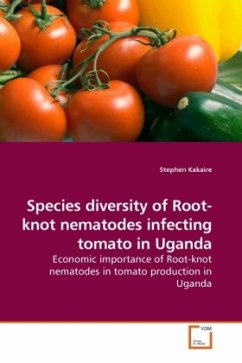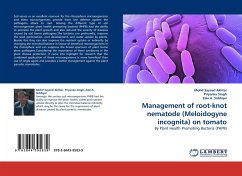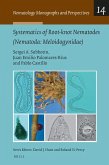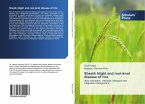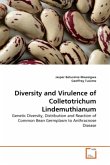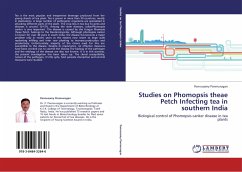Introduction Tomato (Lycopersicon esculentum L.) is one of the most cultivated vegetable crops in Uganda.Production per annum is about 130,586 MT with yields ranging between 600 kg/ha and 7,125 kg/ha. Root-knot nematodes are the major nematode species causing damage to tomato, resulting in yield losses as high as 80%. Abstract This book presents results from glasshouse experiments conducted at the Institute of Agricultural and Fisheries Research (ILVO) Merelbeke Belgium using nematode-laden tomato roots from growers' fields in Uganda to establish the diversity of Meloidogyne spp. infecting tomato in Uganda, ascertain occurrence of agroecological species- specificity, as well as investigate the existence of single or species mixtures in these areas. A combination of methods namely: molecular,biochemical as well as morphological were employed to ensure accurate identification of the species, as no single method seemed conclusive. The methods used were Species- specific PCR, Sequencing of the D2D3 expansion region of the 28S rDNA gene, Isozyme phenotypes and perineal pattern morphology. Target users Extension staff and Researchers.
Bitte wählen Sie Ihr Anliegen aus.
Rechnungen
Retourenschein anfordern
Bestellstatus
Storno

